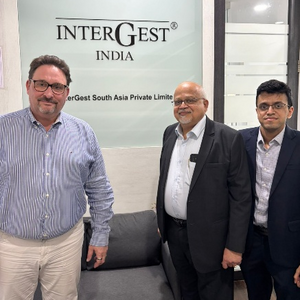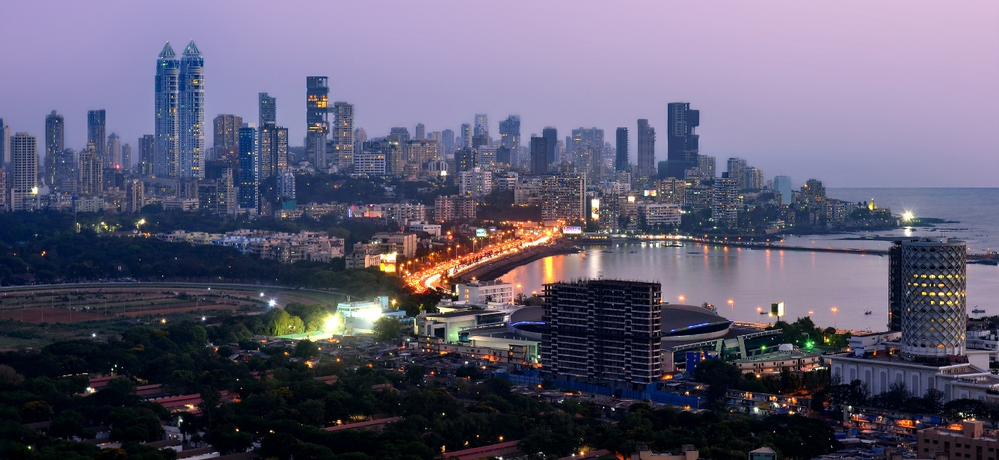When I first visited India in 2001, all I wanted was to get back on the plane and fly home. Despite my extensive travels around the world, the culture shock upon arriving in Mumbai was overwhelming - especially for a newly minted father in his early 30s.
Yet, whether I liked it or not, my business trips repeatedly took me back to Mumbai, Pune, Chennai, and New Delhi over the years. I was rarely enthusiastic about it, as the crumbling infrastructure made me doubt whether India would ever develop economically.
 However, our long-standing and highly respected partner, Vinayak Hajare, was determined to prove me wrong. In January, nearly nine years after my last visit, I finally accepted his repeated invitation. What I saw this time left me deeply impressed. Of course, I had been closely following India’s economic development and was in regular contact with Vinayak Hajare. But to truly grasp the extent of the country’s progress, one must be there in person and witness it firsthand.
However, our long-standing and highly respected partner, Vinayak Hajare, was determined to prove me wrong. In January, nearly nine years after my last visit, I finally accepted his repeated invitation. What I saw this time left me deeply impressed. Of course, I had been closely following India’s economic development and was in regular contact with Vinayak Hajare. But to truly grasp the extent of the country’s progress, one must be there in person and witness it firsthand.
An entire district had emerged since my last visit, and massive investments had been made in infrastructure. Construction was everywhere, including a major elevated roadway. The streets remain hopelessly crowded, but at least traffic now flows more smoothly on newly renovated roads.
India offers businesses a wealth of opportunities today. With 1.4 billion people and a growing middle class, the country represents a massive growth market. The government further enhances its attractiveness with initiatives like "Make in India" and "Startup India," which offer significant tax incentives for investors.
India’s liberal FDI (Foreign Direct Investment) policies allow up to 100% foreign ownership in many sectors, making it particularly appealing to international companies. Additionally, its strategic location between Asia, the Middle East, and Africa provides easy access to key markets.
Another major advantage is India’s cost-effective, highly skilled workforce - especially in IT, manufacturing, and services. Its vibrant startup ecosystem, with tech hubs in Bangalore, Hyderabad , Pune and New Delhi, is driving innovation forward.
The country’s digital infrastructure is also advancing rapidly: with over 1.15 billion mobile connections , the e-commerce sector is booming. At the same time, increasing digitalization and simplified compliance processes are making it easier to do business. Widespread English proficiency further strengthens India’s position as a prime destination for international investments.

India is now more attractive than ever as an investment location, but it remains a challenging landscape for newcomers in international business. Despite significant progress, bureaucratic hurdles are still high. . India is ranked 63 in world banks ease of doing business report (2019) and having a good and seasoned advisor is required to guide new entrants in the market.
For those interested in entering the Indian market, Vinayak Hajare and his team at InterGest India are ready to help navigate the bureaucratic complexities and establish a successful presence in this promising market. Get in touch with him!





